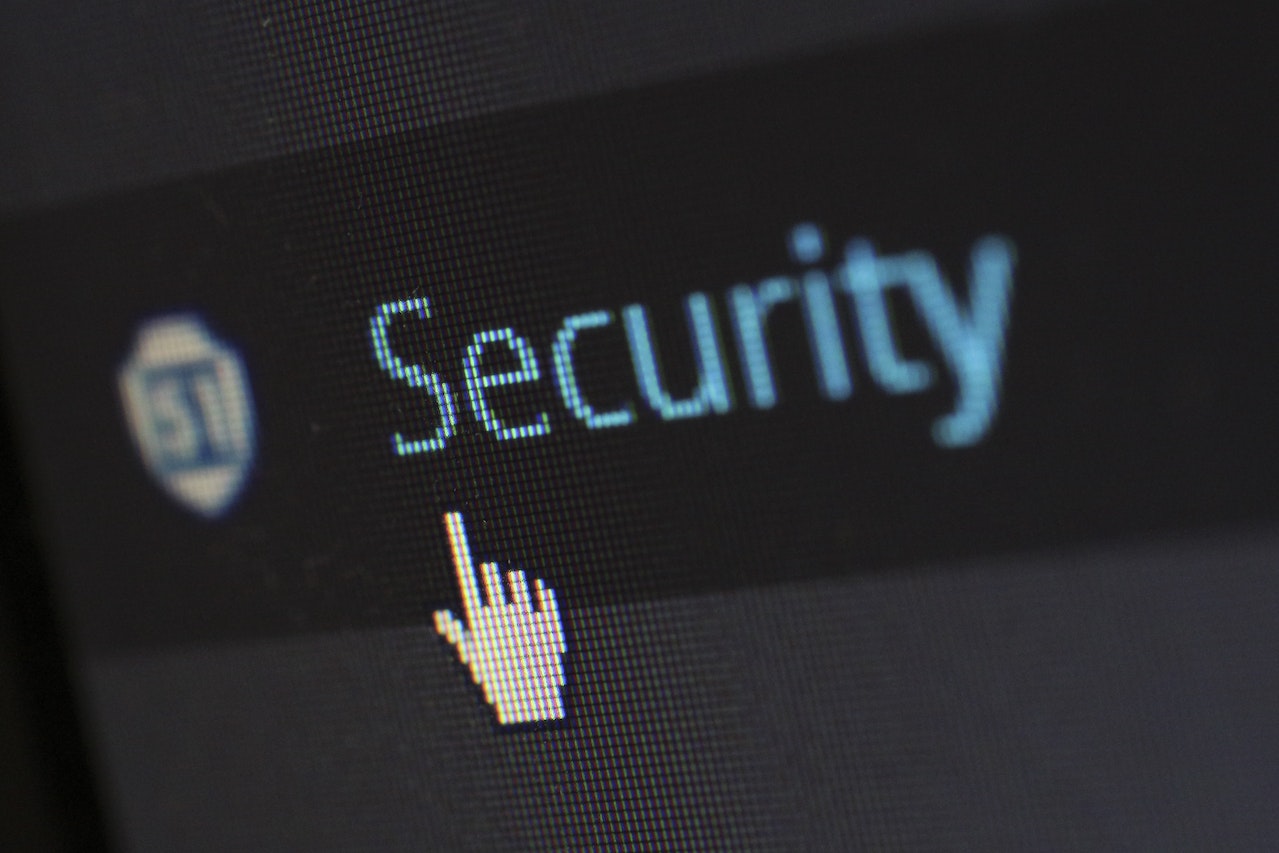If you use Webex for your business meetings or video conferencing, it’s important to make sure you’re following GDPR compliance regulations. GDPR, or General Data Protection Regulation, is a set of regulations that protects the privacy and personal data of European Union citizens. As such, it is crucial that you understand how to use Webex in a GDPR-compliant manner. In this article, we’ll explore the key aspects of GDPR compliance for Webex users and provide you with some tips on how to stay GDPR compliant.
<<< Learn more about Compliance and how Recordia helps you >>>
What is GDPR?
GDPR is a set of regulations that the European Union has established to protect the privacy and personal data of its citizens. The GDPR applies to all businesses that collect and process the personal data of EU citizens, regardless of the business’s location. Personal data includes any information that can identify an individual, such as their name, address, email address, phone number, or IP address.
The GDPR requires businesses to obtain consent before collecting and processing personal data, limit data collection to what is necessary for the purpose of the call or meeting, and inform participants about how their data is being used. Additionally, businesses must use password-protected meetings and calls, limit access to authorized participants, and use secure networks and devices when accessing Webex.
Why is GDPR important for Webex users?
If your business is based in the European Union or if you have customers or clients in the EU, you need to ensure that your use of Webex is GDPR compliant. Failure to comply with GDPR can result in hefty fines and damage to your reputation. Moreover, GDPR compliance helps to build trust with your customers and clients, and it demonstrates that you take their privacy seriously.
Tips for GDPR compliance when using Webex
To ensure GDPR compliance when using Webex, you should take the following steps:
Obtain Consent
Before you collect any personal data from participants, you must obtain their consent. This means that you must inform participants about how their data will be used and obtain their explicit consent before collecting any data.
Limit Data Collection
You should limit the data that you collect to what is necessary for the purpose of the call or meeting. For example, if you’re conducting a video conference with a client, you don’t need to collect their personal data beyond what is necessary to conduct the call.
Inform Participants
You should inform participants about how their data will be used and who will have access to it. This information should be provided in a clear and concise manner, and participants should have the opportunity to ask questions or request more information if necessary.
Use Password-Protected Meetings and Calls
You should use password-protected meetings and calls to ensure that only authorized participants can join. Passwords should be complex and changed regularly to ensure maximum security.
Limit Access to Authorized Participants
You should limit access to authorized participants to prevent unauthorized individuals from joining the call or meeting. This can be done by using invitation-only meetings or by limiting access to specific IP addresses.
Use Secure Networks and Devices
You should use secure networks and devices when accessing Webex to ensure maximum security. This includes using VPNs, firewalls, and anti-virus software to protect against cyber threats.
Conclusion
If you use Webex for your business meetings or video conferencing, it’s essential to ensure GDPR compliance. By following the tips outlined in this article, you can protect the privacy and personal data of EU citizens, avoid hefty fines, and demonstrate your commitment to data privacy and security.
If you want to learn more about compliance and GDPR, click here.

